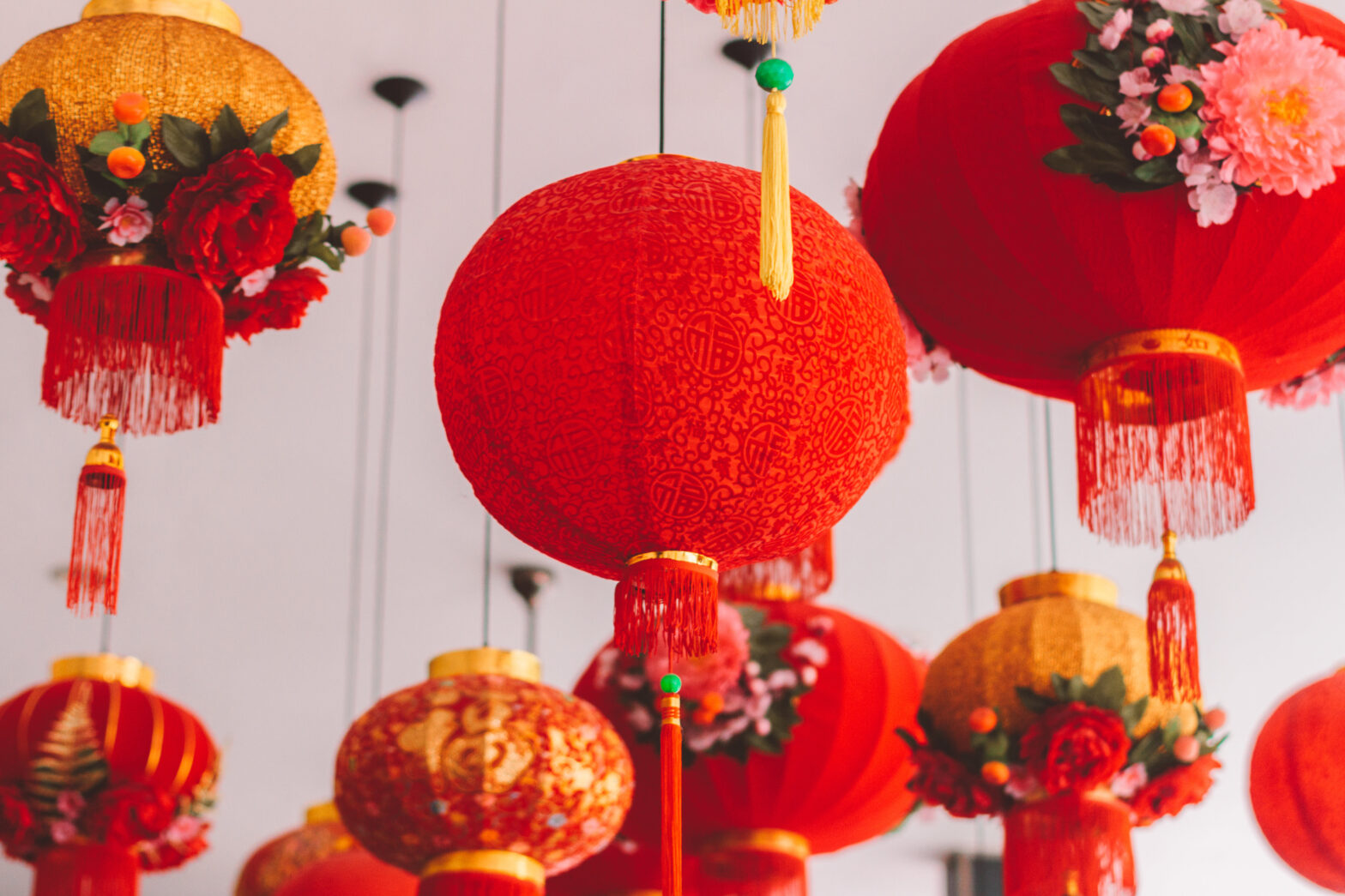In January or February of each year, communities across Canada celebrate Chinese New Year loud and proud. Signalling the start of spring and the end of winter, this holiday is one of the most important times of the year for Chinese families. The parades, red decorations, dragon dances, and large meals are all part of the festivities for Chinese communities.
So why are people calling it Lunar New Year instead?
The truth is that Chinese New Year was never exclusive to the Chinese community. The celebration of a new year based on the lunar cycles is widespread across Asia. As Chinese communities in Canada grew, they were able to host large, highly visible events. However, the growth of other Asian communities has led to a diversity in those who celebrate Lunar New Year. This includes countries and regions like Hong Kong, Indonesia, Japan, Korea, Malaysia, Mongolia, Philippines, Singapore, and Taiwan. Changing the name creates the opportunity to be inclusive of any Asian community that celebrates this important holiday.
When is the Lunar New Year?
The calendar most countries use today is called the Gregorian calendar. Implemented in 1582 by Pope Gregory XIII the calendar tracked the sun’s rotation, which amounted to 365 days a year. This calendar became widespread across Europe throughout the 17th – 18th century, before spreading across Asia in the 19th – 20th century. Before and during this time, other countries and religions utilised a lunisolar calendar, which combined cycles of the moon and sun to determine the passage of time. For those following the lunisolar calendar, one lunar year is 12 full moon cycles which account for 354 days. This is why the Lunar New Year either falls in January or February.
How do you celebrate the Lunar New Year?
There are hundreds of ways to celebrate the Lunar New Year, with variations between countries, regions, and families. For Chinese communities, each year of the lunar cycle brings a new zodiac represented by 12 animals: rat, ox, tiger, rabbit, dragon, snake, horse, sheep, monkey, rooster, dog, and pig. To commemorate the new zodiac, decorations representing the animal will be hung up alongside other red and gold decorations. Families usually deep clean before the new year, to avoid sweeping away any good luck brought in on the first day of the new year. Parades of dragon dances and music are also popular, as well as gift giving in the form of red envelopes (filled with money).
The Korean New Year is called Seollal. The most crucial aspect of Seollal is that everyone is now considered one year older, as their age is marked by the lunar calendar and not their birth date. During Seollal, families spend 3 days visiting, eating, and paying respect to their ancestors. Families will get together for games and children will pay their respects to elders who gift them money.
There are similarities and overlapping traditions for Lunar New Year celebrations. Although this is not an exhaustive list, it does provide a glimpse into the importance of this holiday for Asian communities.
How can you celebrate the Lunar New Year at work?
We have 3 easy ways for you to join in on the festivities this year:
- Share a meal together
- Host a dumpling making party
- Host a potluck of traditional foods
- Order catering from an Asian-owned restaurant
- Decorate the office with red or gold
- Decorate with red paper lanterns
- Buy real or paper flowers
- Find decorations with the new zodiac animal
- Make it easy for employees to take time off
- Encourage employees to take time off to be with family
- Avoid setting deadlines around the Lunar New Year
- Adjust PTO policies so that employees can easily take time off during January or February
If you’re interested in learning more about how training, policy changes, or workshops can create a more inclusive workplace, feel free to reach out.
Charlotte Wray is a contributing writer at MT Consulting Group.

